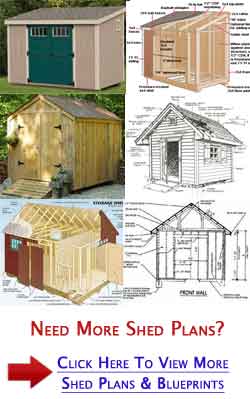A pole shed is a basic construction which is typically used for the purposes of agriculture. they are one of the simplest buildings to make, needing only the most rudimentary construction skills, as well as basic tools such as hammers and nails.. The pole barn has been around for a long time, but this post-frame construction method has become more popular for barns as farm equipment has gotten bigger and needed large buildings to protect it from the elements. manufacturers of pole barns recognized the opportunity and made adjustments, such as chemically treating wood for greater longevity and using steel plates in trusses, allowing for. Pole barn sheds can come in many different styles as far as the roofing is concerned but the two most common forms are the gable roof and the gambrel roof. the gable roof is one that is most commonly seen on houses, where the roof is made up of two flat sections set at an angle to each other..
The low-cost pole barn construction manual. this is a how-to guide that eases beginners through the process of pole building. this book is great also because it focuses on low-cost construction. once you read the book, you’ll be ready to build your own pole barn in no time and on a budget. more details at ana-white.com. The very nature of pole barns actually make them green. most pole barns use a reduced amount of structural materials compared to other types of barns. also there is a flexibility of interior space since there are no interior walls. this allows for the green aspect of a building constantly undergoing evolution.. Barn kits pole building prices horse barns pole building garage . step by step 1. elevate building pad 3' beyond footprint for drainage. 2. inset corner posts 1 1/2" to provide room for wall girts. 3. nailed treated uplift cleats to bottom of post. 4. embed corner posts with temporary bracing. 5. embed remaining posts bracing as you go. 6..




0 komentar:
Posting Komentar